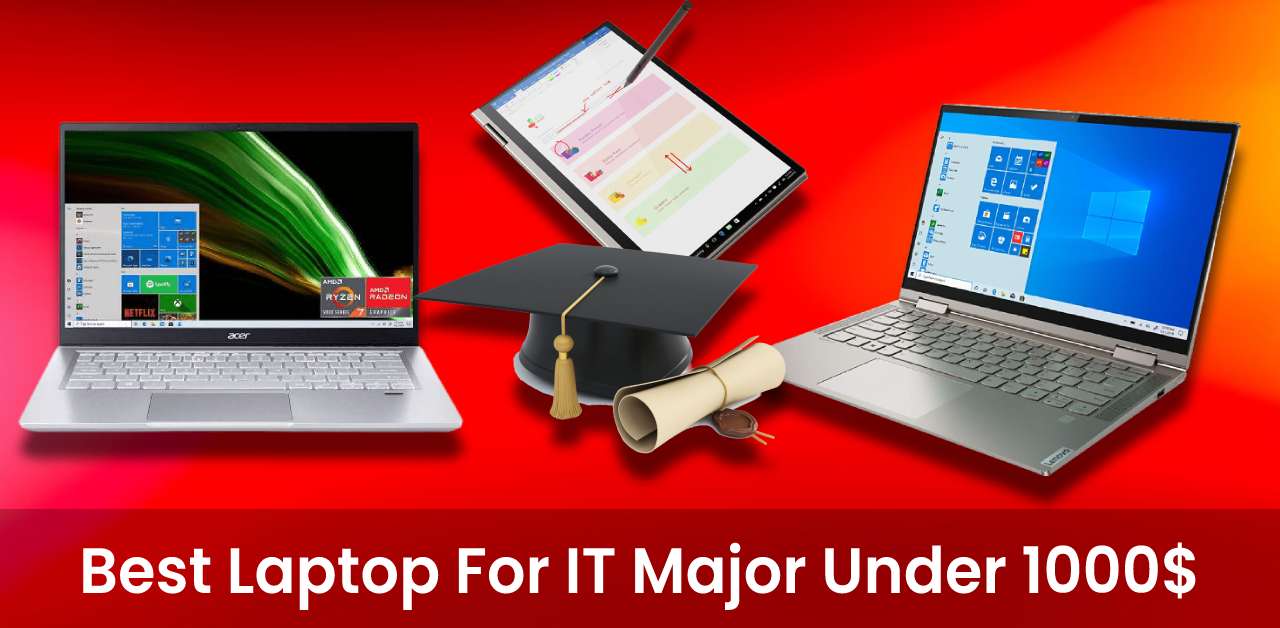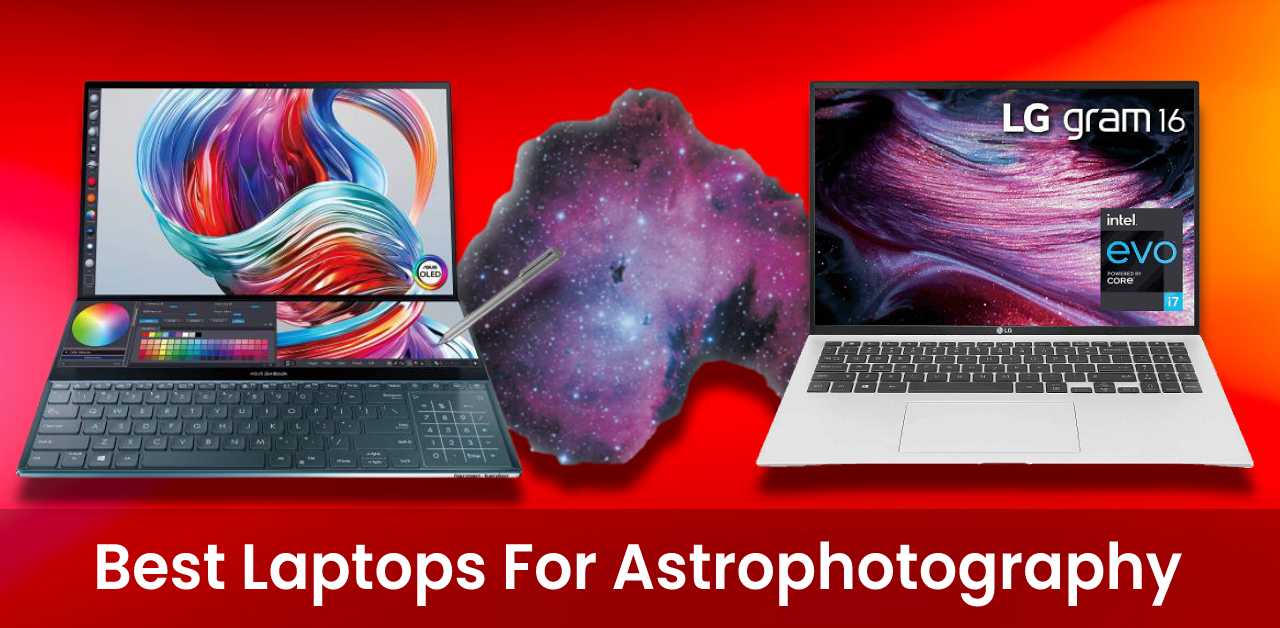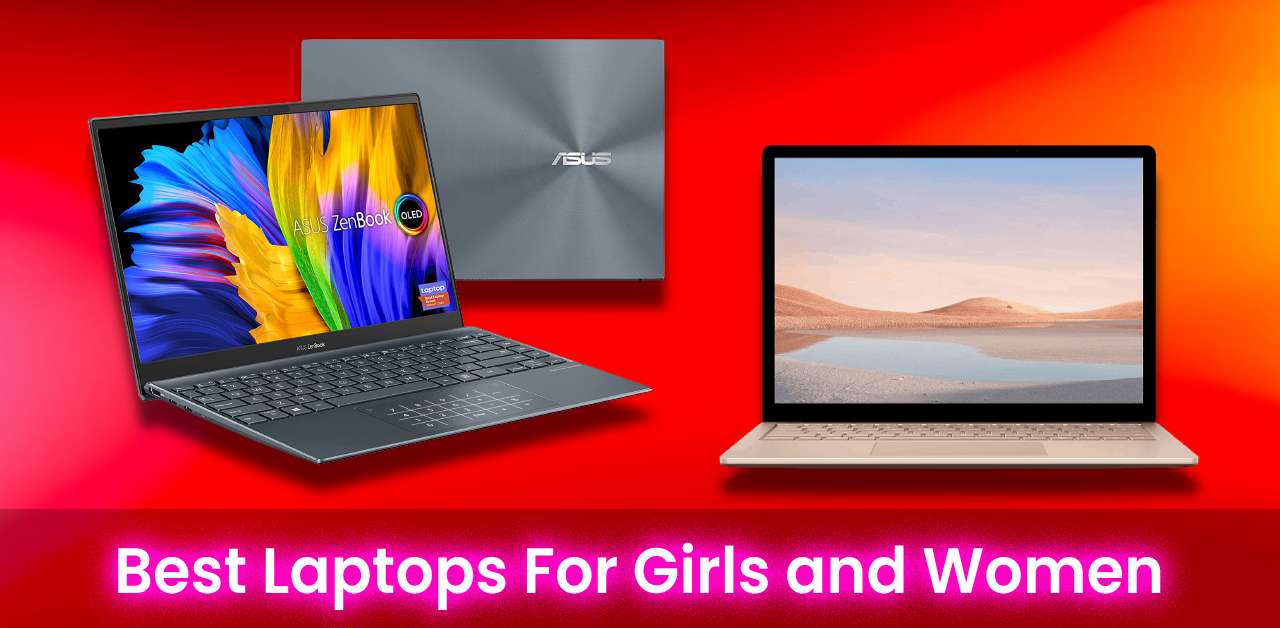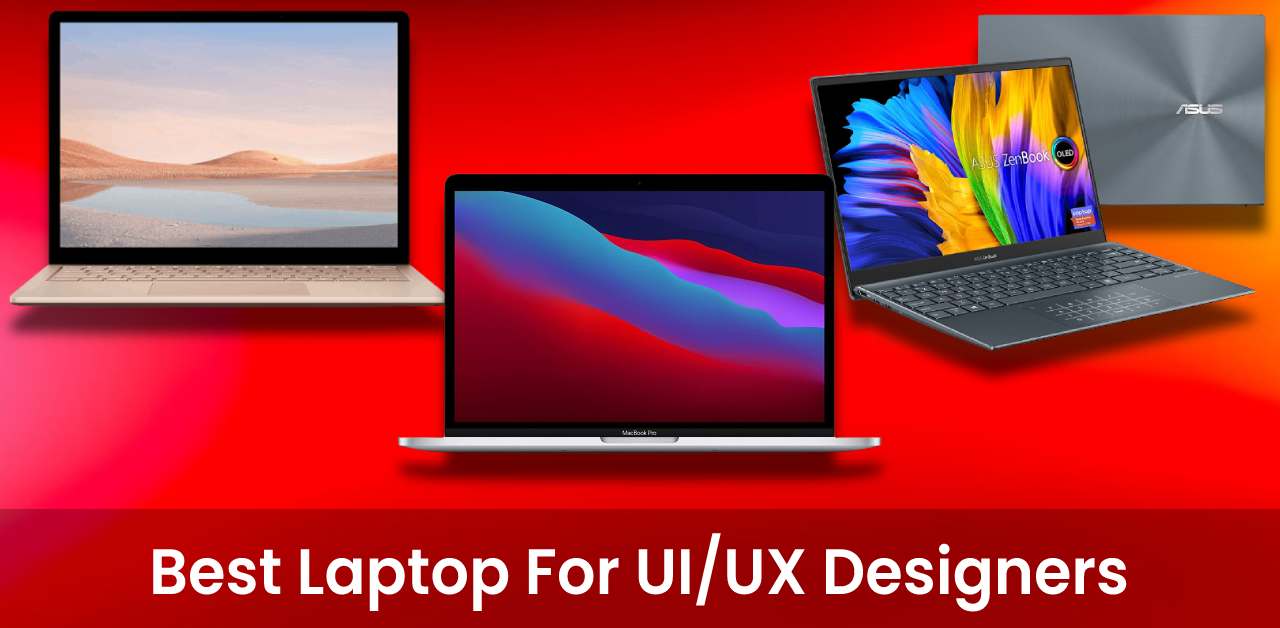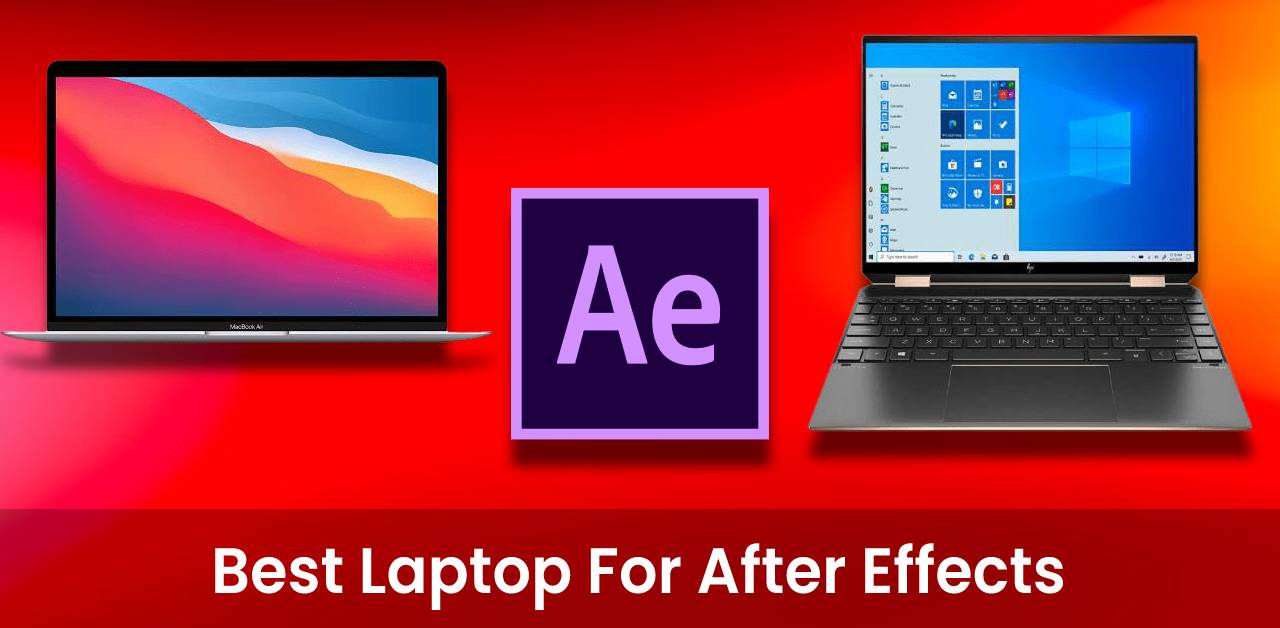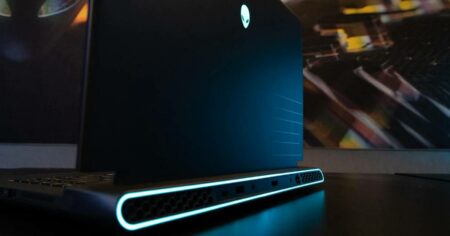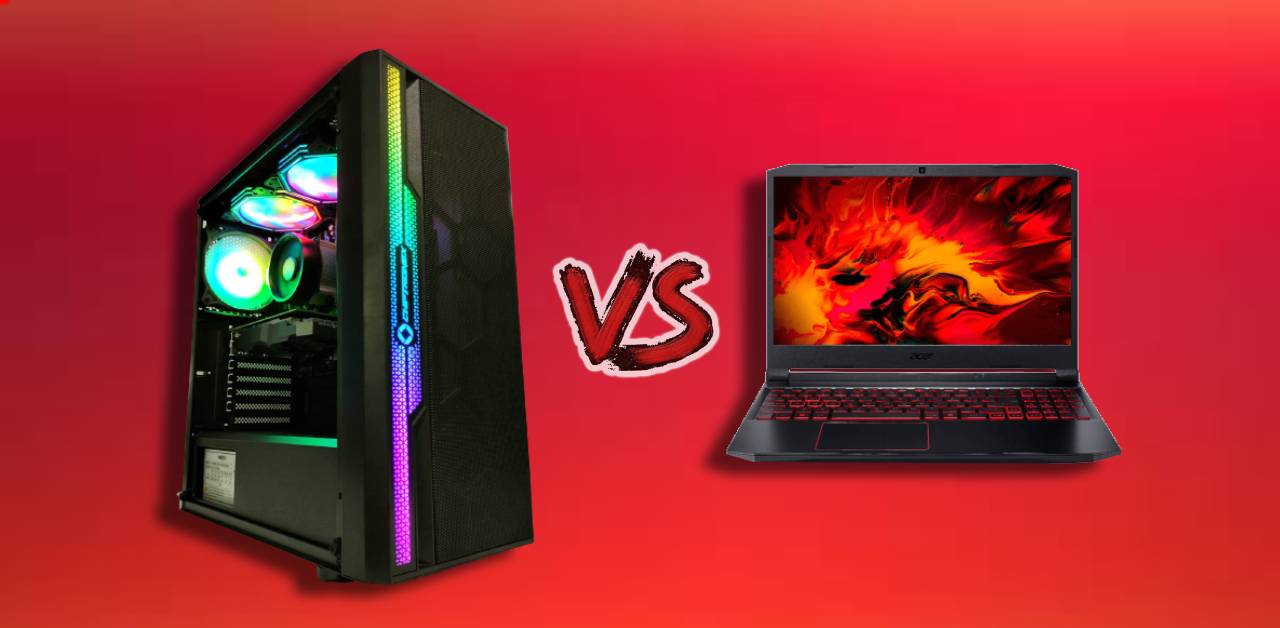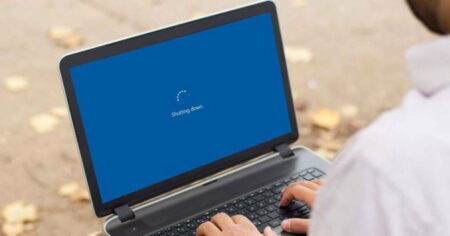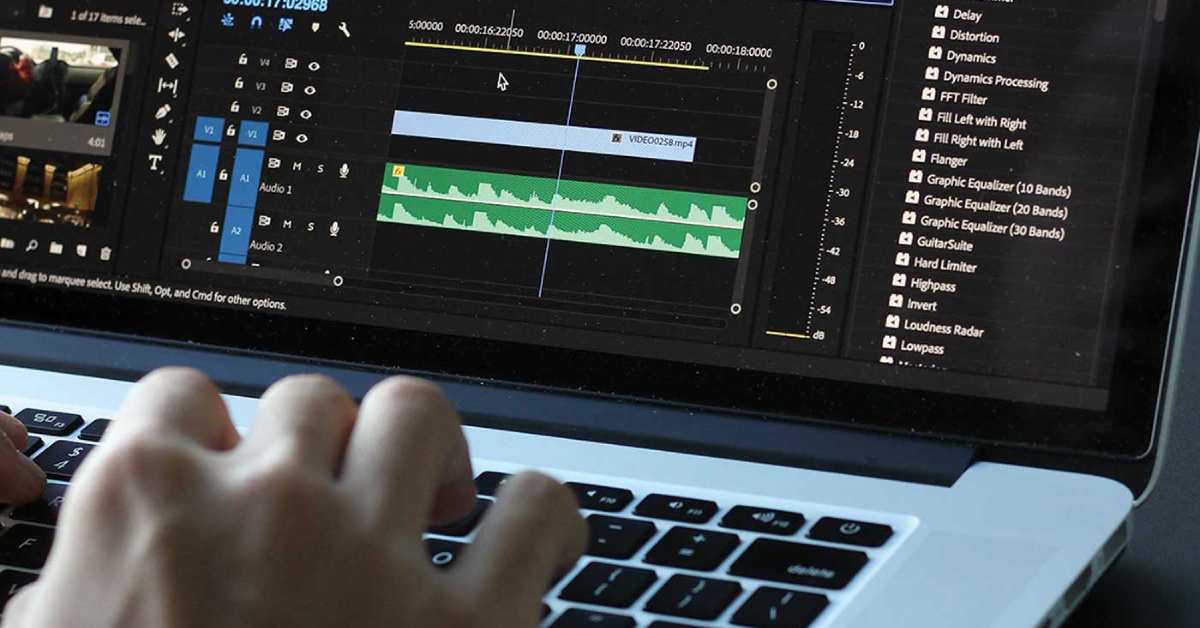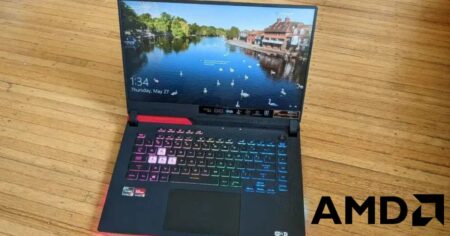Laptop travel is all the rage these days. Everyone is taking their work on the road and using their laptops to get things done while they’re away from the office.
But what if you want to take your laptop on a plane? How many laptops can you bring on a plane? Let’s find out!
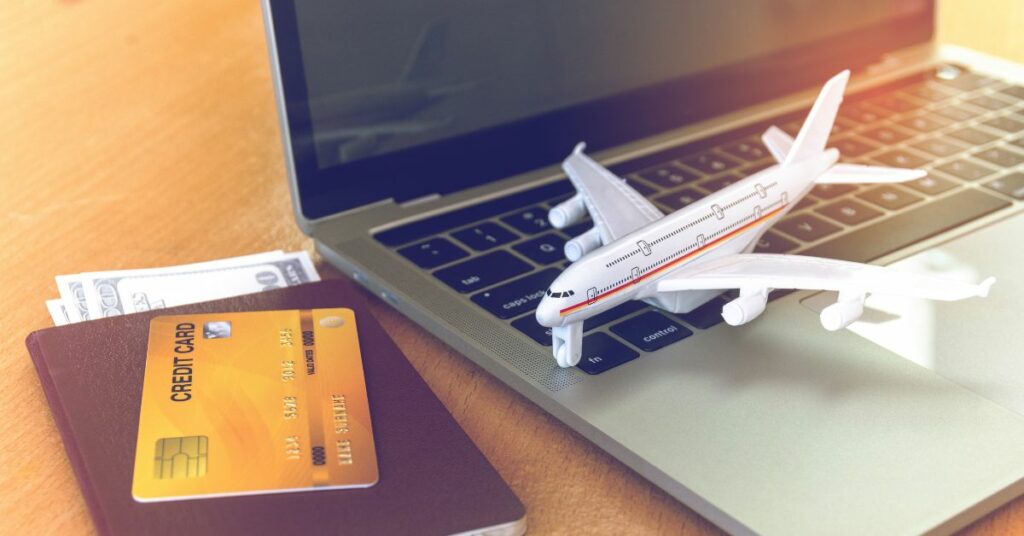
Can You Bring Laptops On a Plane?
Yes, you can bring laptops on a plane. However, there are some restrictions that you need to be aware of before doing so.
First and foremost, it is essential to note that all laptops must be placed in a clear plastic bag before being brought through security. This ensures that the laptop does not accidentally trigger the alarm when going through the x-ray machine.
Additionally, laptops are allowed on planes, but they must be placed in the overhead bin or under the seat in front of you. Laptops cannot be placed in carry-on bags due to their potential fire hazards.
Finally, it is important to know that using laptops on planes is often prohibited during takeoff and landing.
This is because electronic devices can interfere with the plane’s navigation and communication systems. However, you may be able to use your laptop during these times if it is in airplane mode.
How Many Laptops Can You Bring On a Plane?
You can bring as many laptops as you want on a plane, but only two can be used at any given time. This limit is because of the FAA’s rule about portable electronic devices (PEDs). PEDs are allowed to be used during takeoff and landing as long as they’re in airplane mode, but only two devices can be used at once.
If you have more than two laptops, you’ll need to put them in storage during takeoff and landing. You can either keep them in your carry-on bag or in the overhead bin. Just make sure that they’re turned off and stored properly so that they don’t pose a safety hazard.
If you’re traveling with a laptop, it’s always a good idea to have a backup plan in case your primary device fails. You may bring along a USB drive with all of your important files or use cloud storage to access them from any internet-connected device. And don’t forget to pack your chargers!
What is TSA?
The Transportation Security Administration (TSA) is a U.S. government agency that is responsible for providing security for the nation’s transportation systems. The TSA was created in response to the attacks of September 11, 2001, and is part of the Department of Homeland Security.
The TSA employs a variety of security measures to protect travelers, including airport security screenings and baggage checks. The agency also works to raise awareness of potential threats and to educate the public on how to protect themselves when traveling.
The TSA is committed to keeping the nation’s transportation systems safe and secure, and they are always looking for new ways to improve security.
TSA Rules Regarding Electronic Devices on the Plane
According to the news rules implemented by TSA regarding the use of electronic devices on airplanes:
Passengers are now allowed to bring laptops, tablets, and other large electronic devices in their carry-on and checked baggage. However, there are some restrictions on what types of devices are allowed and how they must be stored.
Laptops, tablets, and e-readers must be placed in a clear, plastic, quart-sized bag. These items can then be placed in carry-on baggage or checked baggage.
Passengers are also allowed to bring portable chargers in their carry-on and checked baggage. However, the batteries must be placed in a plastic bag, and the charger must be placed in carry-on baggage.
All electronic devices must be turned off during takeoff and landing. If a device does not have an OFF switch, it must be placed in airplane mode or put into hibernation mode before takeoff and landing.
The new TSA rules also prohibit passengers from using electronic devices with built-in Bluetooth functionality during takeoff and landing.
What’s Not Allowed On a Plane?
There are a few items that are not allowed on planes. These items include:
-Lighters
-Matches
-Flammable liquids
-Gasses and aerosol cans
-Sharp objects
-Weapons
Lighters and matches are not allowed on planes because they can be used to start fires. Flammable liquids, gasses, and aerosol cans are not allowed because they can explode. Sharp objects are not allowed because they can be used as weapons. Weapons are not allowed because they can be used to harm other people.
If you have any of these items in your carry-on bag, you must pack them in your checked bag. You should also check with your airline to see if other items are not allowed on their planes.
Final Words
So, these are some things you need to know about laptops and air travel. We hope that this article was helpful and that you now understand the permissibility of laptops on airplanes. Thank you for reading!
For more tech blogs you may click the given link.
Frequently Asked Questions
Can you bring a power bank on a plane?
You can bring a power bank in your carry-on and checked baggage. However, there are restrictions on the size and type of power bank you can bring. The Federal Aviation Administration (FAA) prohibits power banks larger than 160Wh in your carry-on and checked baggage.
If your power bank is larger than 160Wh, you will need to contact the airline prior to your flight to get approval to bring it on the plane. Most power banks are under 100Wh, so they will be allowed in your carry-on and checked bags.
What happens if you have a Lithium battery in checked luggage?
A few things could happen if you have a lithium battery in your checked luggage. The first is that the battery could catch fire. This is a real possibility, and it’s one of the reasons why lithium batteries are regulated.
The second possibility is that the battery could explode. This is also a real possibility, and it’s one of the reasons why lithium batteries are regulated.
The third possibility is that the battery could leak. This is not as likely as the other two possibilities, but it is still a possibility.

